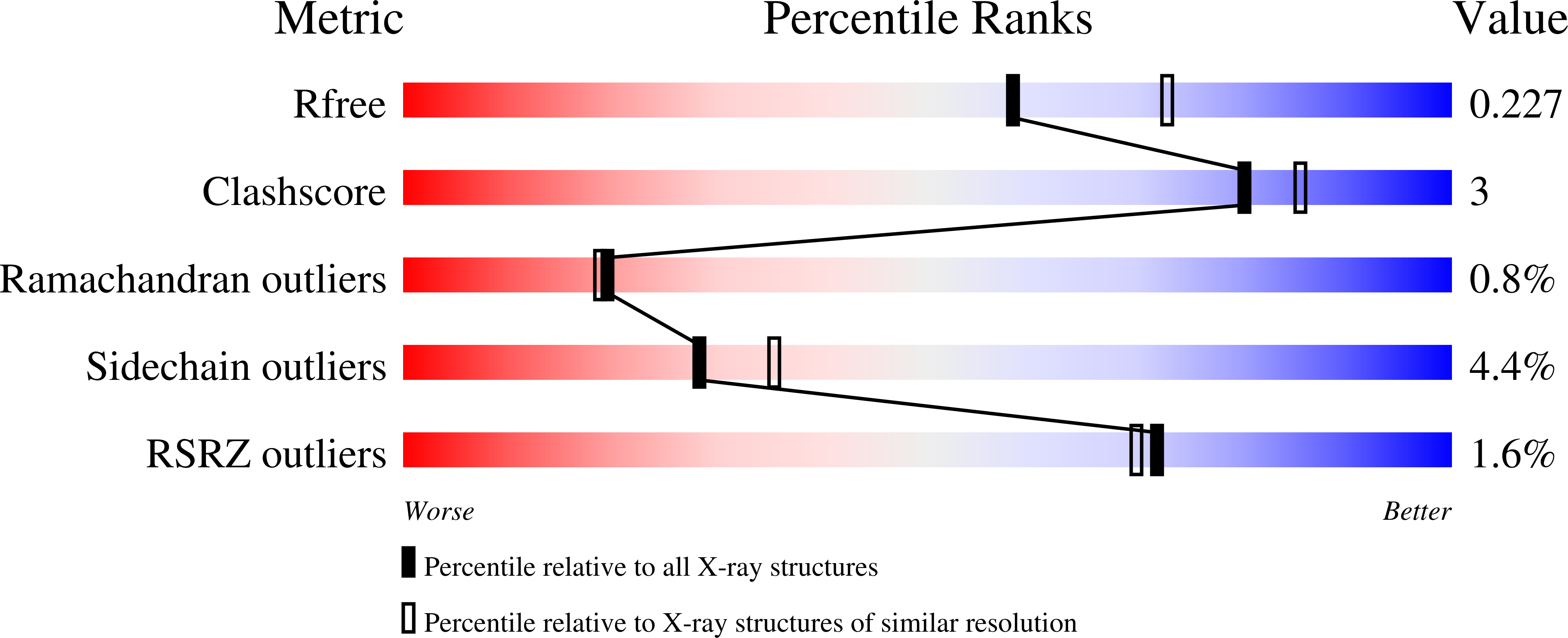
Deposition Date
2023-07-25
Release Date
2024-01-03
Last Version Date
2024-01-03
Entry Detail
PDB ID:
8PYH
Keywords:
Title:
Crystal structure of the Orange Carotenoid Protein 2 (OCP2) from Crinalium epipsammum PCC 9333
Biological Source:
Source Organism:
Crinalium epipsammum PCC 9333 (Taxon ID: 1173022)
Host Organism:
Method Details:
Experimental Method:
Resolution:
2.20 Å
R-Value Free:
0.22
R-Value Work:
0.17
R-Value Observed:
0.17
Space Group:
P 21 21 21


